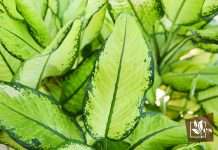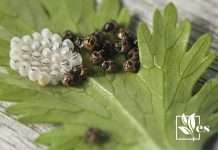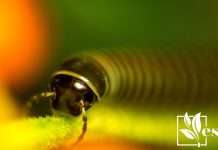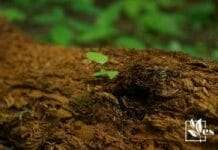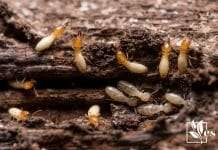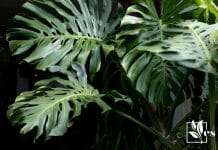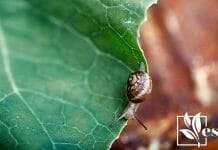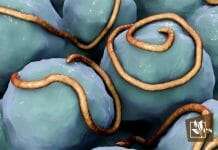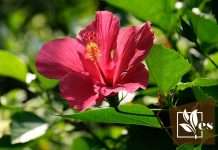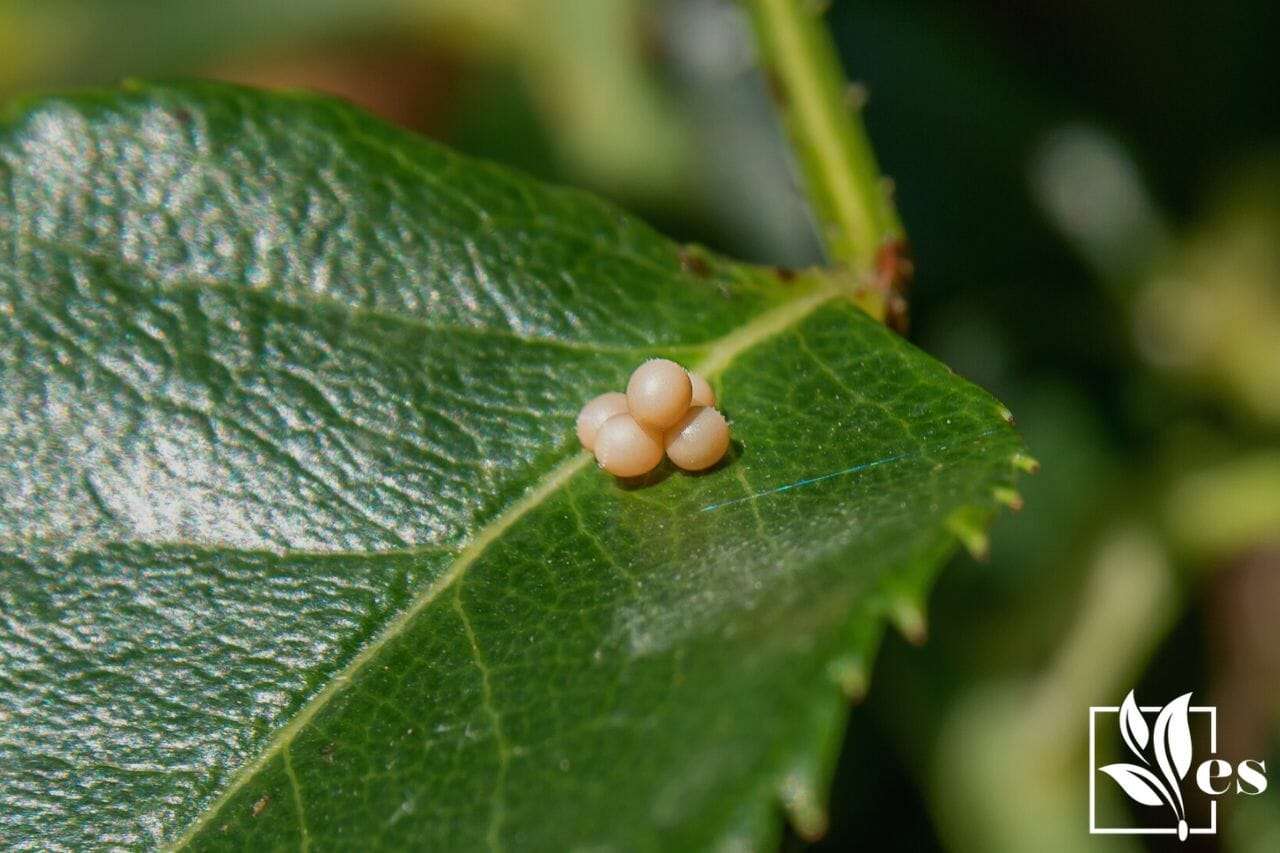 White insect eggs on your leaves occur if your plant has been infested with dangerous pests such as aphids, mealybugs or other insects.
White insect eggs on your leaves occur if your plant has been infested with dangerous pests such as aphids, mealybugs or other insects.
These pests attack plants and suck out the sap from your foliage, making your plants go weak and limp.
In this complete guide, we explain which of these are infecting your plant and help you find a way out. Read on to find a perfect solution to tackle this issue without any hassle.
What Are the White Insect Eggs on Leaves?
💥 White insect eggs on leaves can be the eggs of dangerous pests such as aphids, mealybugs, cicadas, beetles, leafhoppers, lace bugs, scales or whiteflies. These insects damage foliage and if you don’t get rid of them, they can be a big threat to the life of the plant.
Here is a quick insect egg identification guide of the most common pests that leave eggs on the underside of leaves and foliage.
– Whiteflies
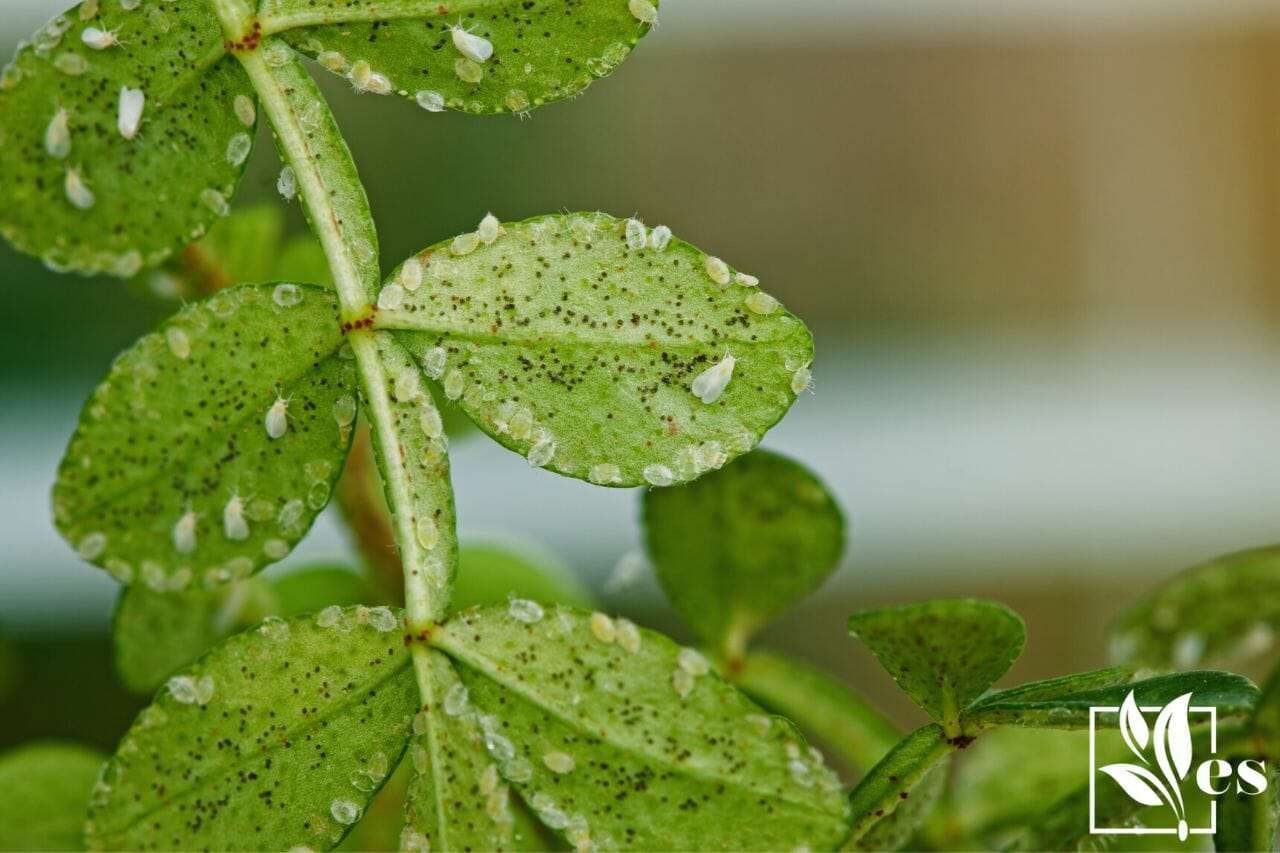
A very common pest that lays white eggs on leaves is the whitefly. The tiny eggs it lays are in concentric patterns that are laid from the bottom to the top portion of the plant. At a time, these insects can lay at least two hundred to four hundred whitefly eggs.
The whitefly is a dangerous insect that harms the health of a plant drastically. It can suck out the sap, make the leaves go limp and shrivel up stems if the problem is not tackled as soon as possible.
– Cutworms
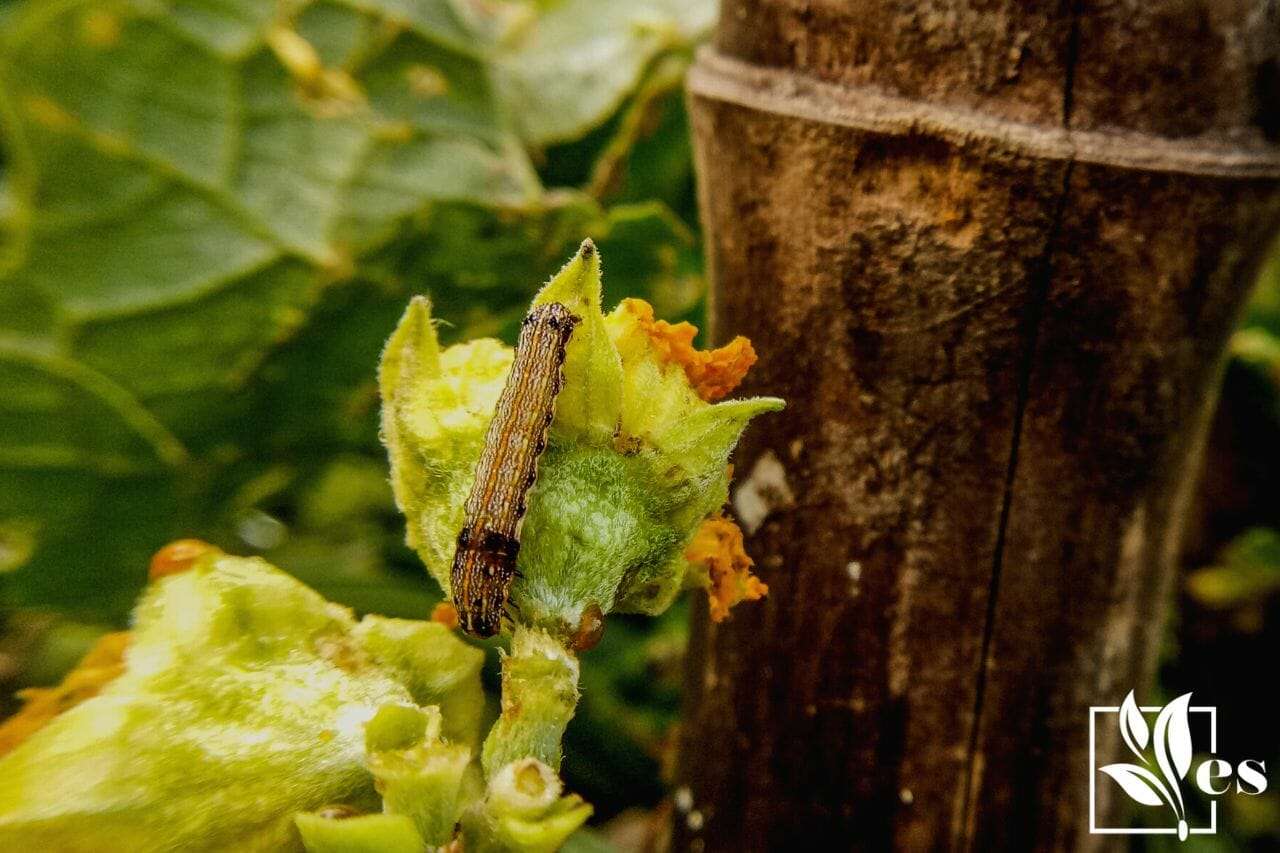
This pest lays white eggs that can be spotted easily on thin grass and weeds. They also lie in the soil surrounding the plant where the eggs have been laid.
The white eggs tend to turn darker as they near the time of hatching. Though the insect lays eggs on the foliage, it rests in the soil during the day and feeds at night, becoming quite a nuisance as they easily spread.
Thus, the best way to protect your garden from these pests is to restrict the growth of grass and weeds around your plants.
– Aphids
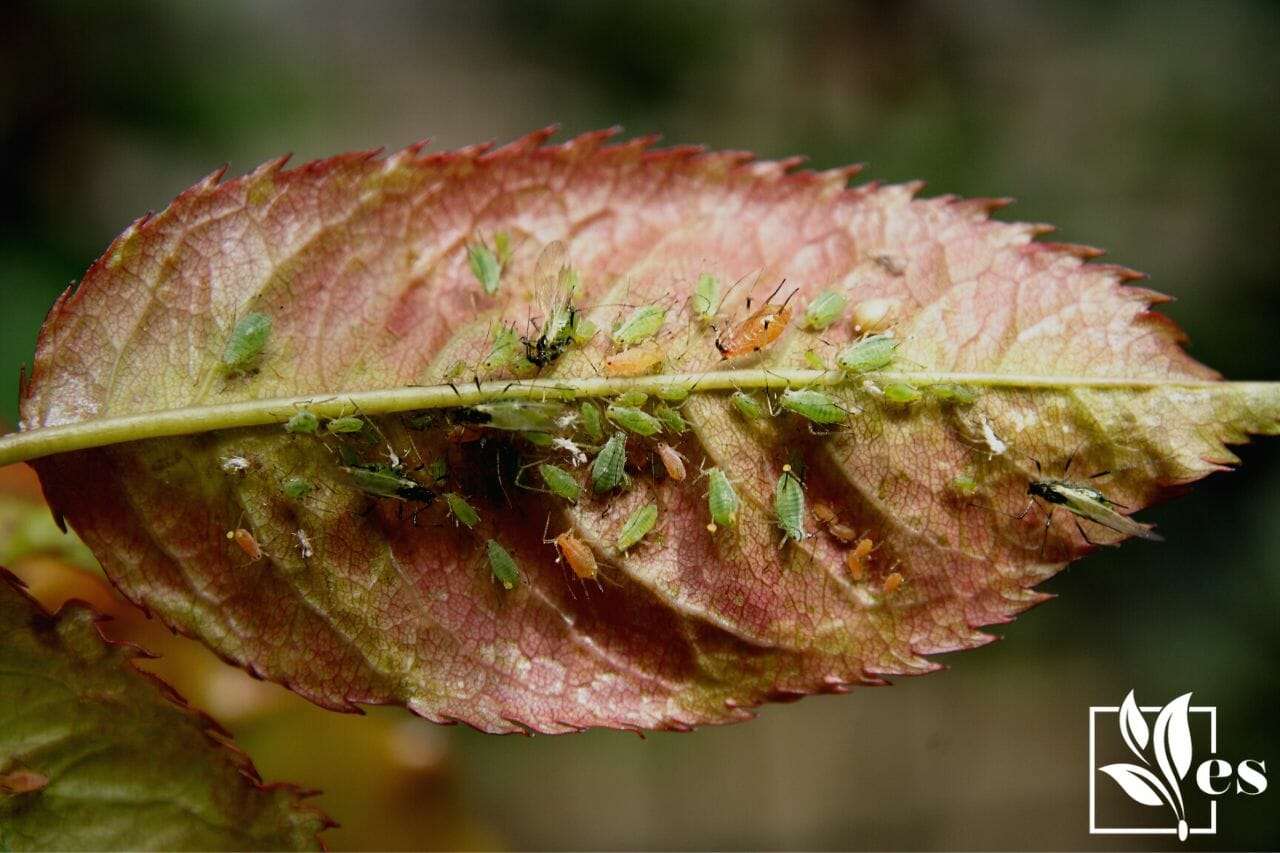
Aphids are the most common plant pests and can be red, black, yellow or green. They generally attack ornamental plants such as roses by sucking out the sap from the foliage, causing the plant to go weak, limp or have stunted in growth.
Eggs are often found in leaf undersides and the insects leave behind honeydew in the foliage. This honeydew turns into mold, attracting bacteria and fungi that further hamper the health of the plant.
– Mealybugs
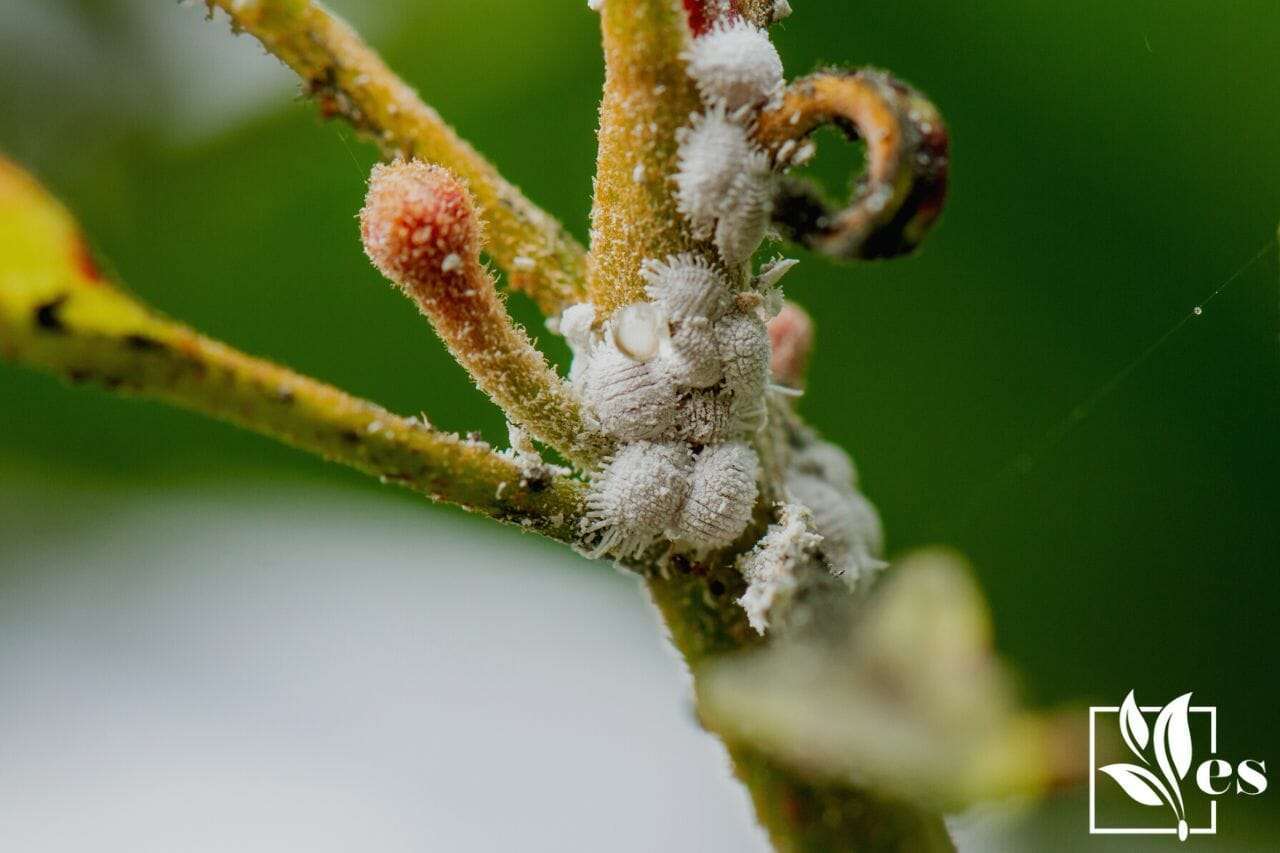
Mealybugs are yet another common pest that is often found in warmer climates on ornamental plants, fruit and vegetable gardens. These pests are soft-bodied and look like white cottony masses over leaves and stems. You may often find these little white bugs flying around outside over your plants on a warm day.
They can weaken stems and cause the leaves to go yellow. The pest leaves behind honeydew, which is a sticky yellow substance that attracts fungus and other pests.
– Spider Mites
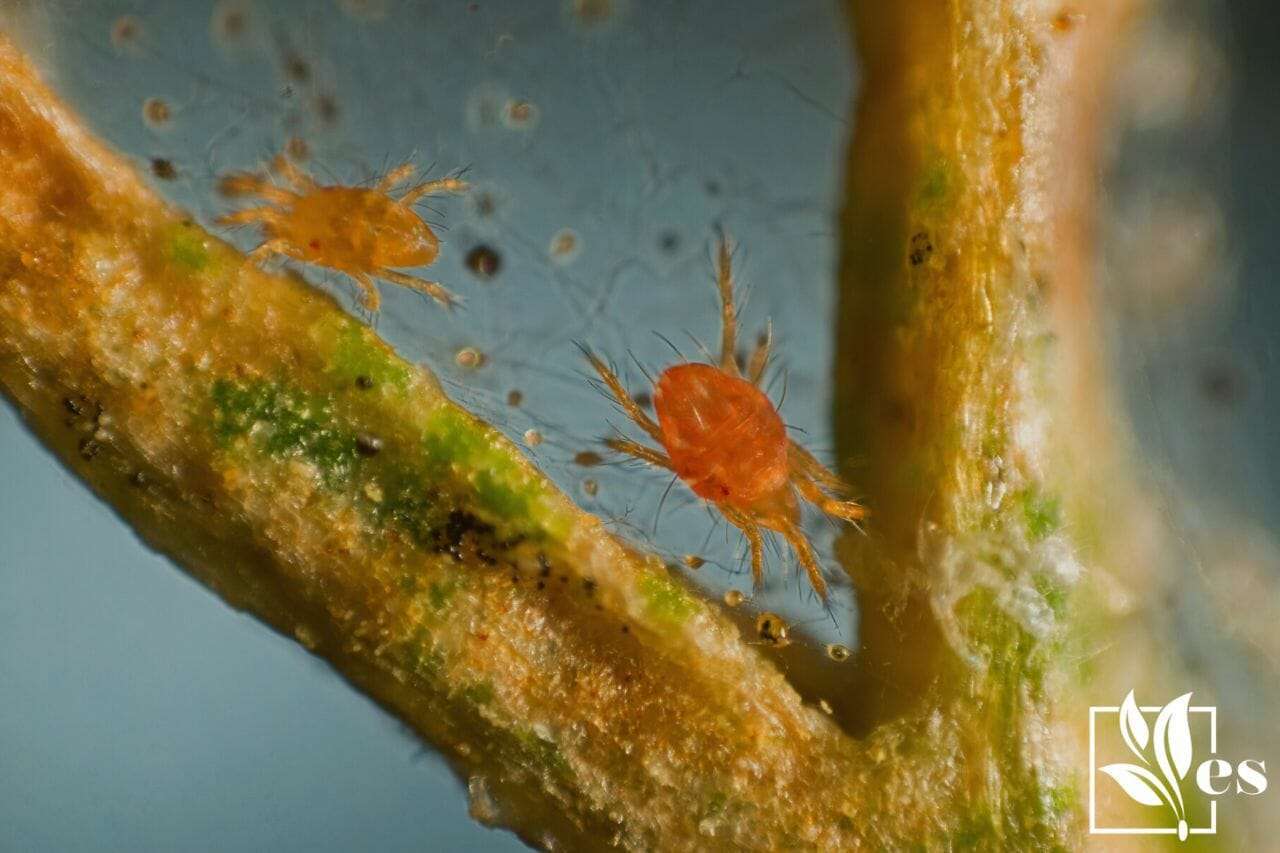
Spider mites appear with a web-like texture with brown or yellow spots over leaves. With their webbing, the insect damages plant foliage, restricting growth. The pest feeds on plant sap that it extracts from the delicate leaf tissues, giving the plant a weak look
– Bagworms
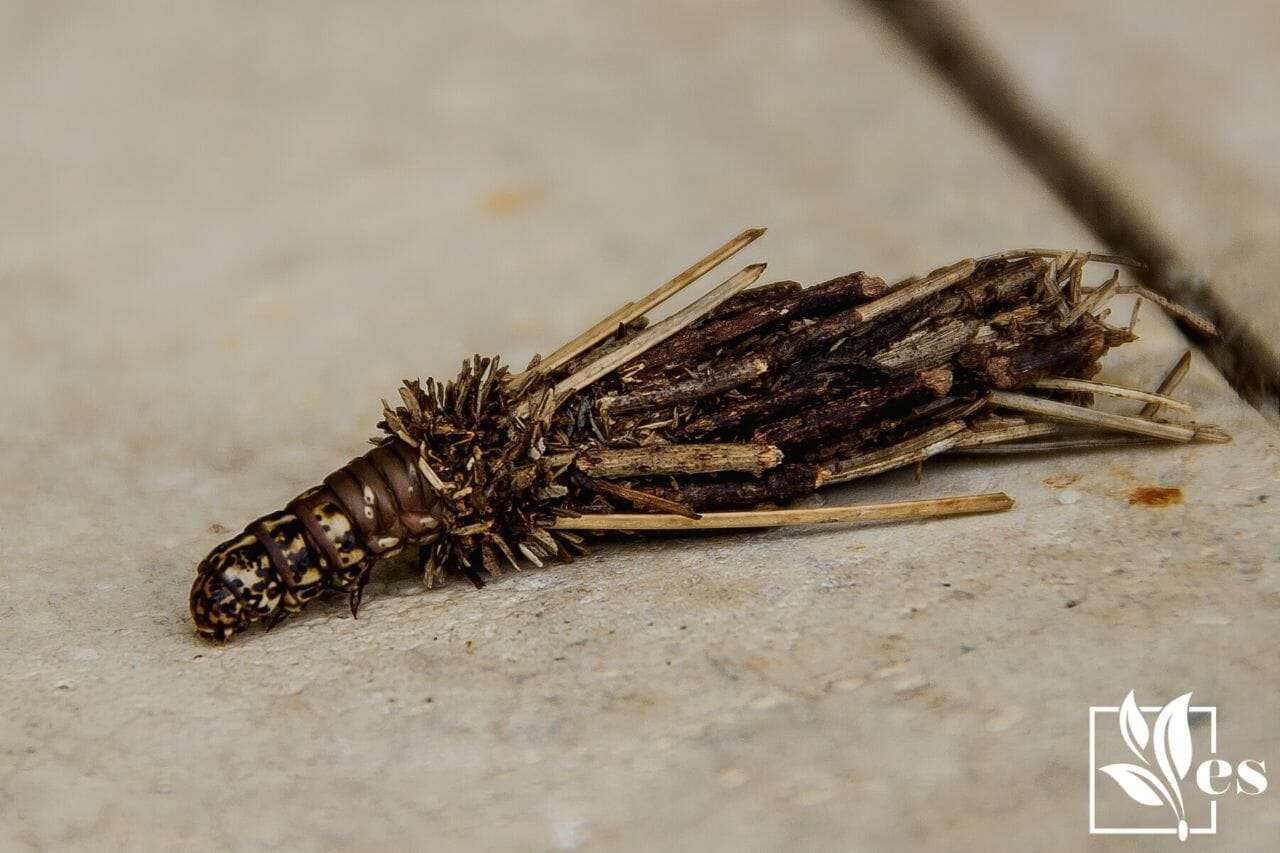
Bagworms are insects that come with a protective bag around them from which they hang down stems and branches. The pests are extremely dangerous because they are capable of infecting and defoliating some big trees. You will spot them as 1.5-inch to 2-inch long spindle-shaped brown insects hanging down twigs.
– Cicadas
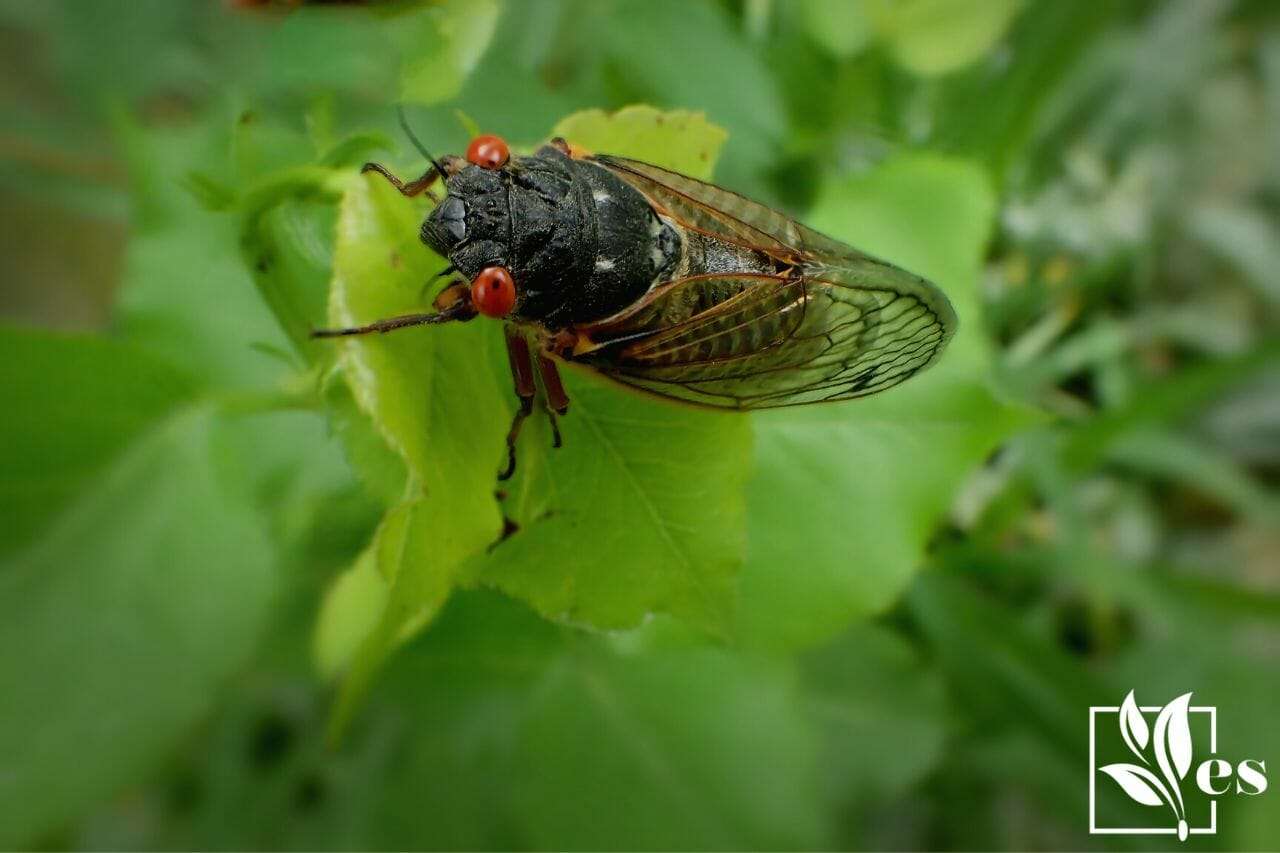
Cicadas are known to be noisy pests as they constantly make a buzzing sound. They hang in sacs from plant foliage and lay the eggs around broken stems. You can easily spot them with their distinctive broadhead, stout body, and large clear wings.
– Colorado Potato Beetles
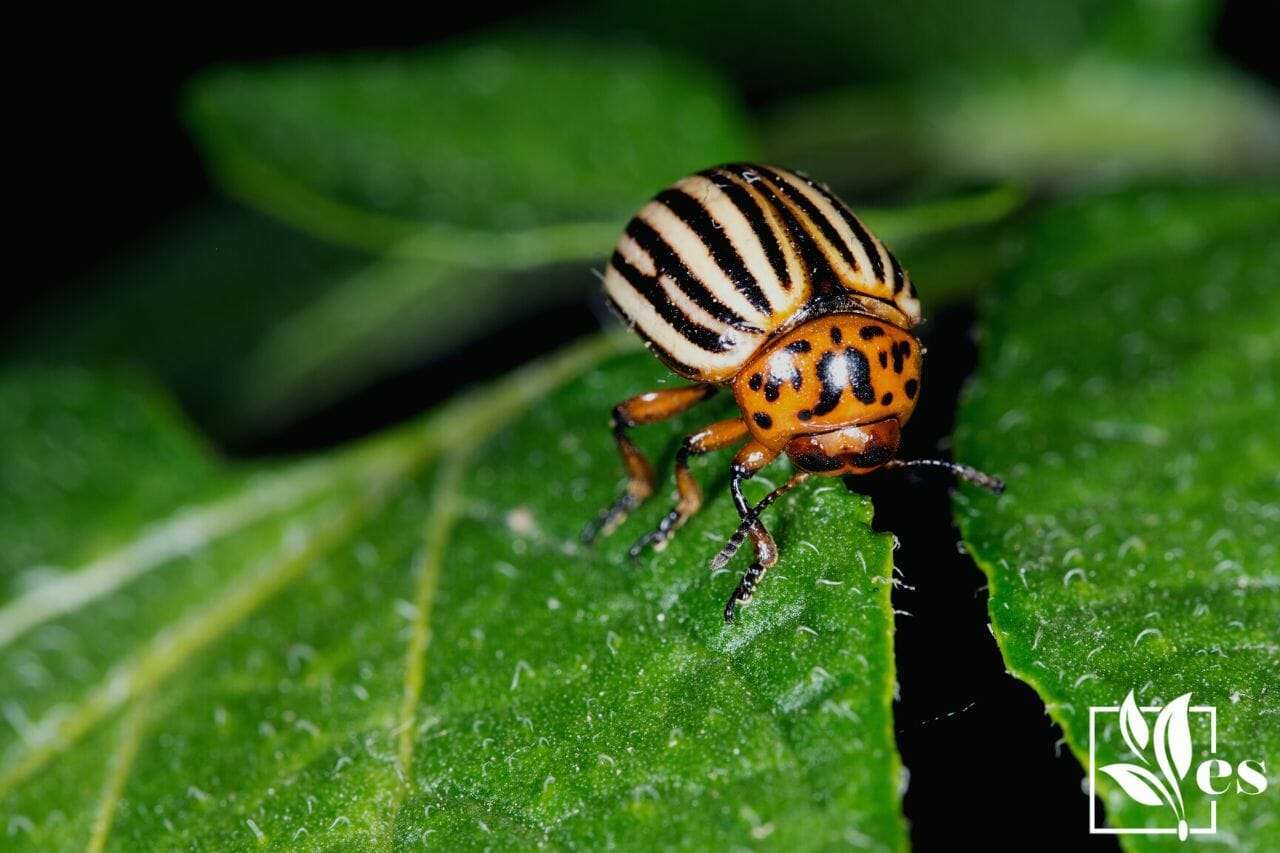
These potato beetles are black, brown or yellow in color and measure about half an inch. Despite its small size, this insect can feed up entire foliage sections, killing them in its entirety. They are commonly found in tomatoes, eggplants and peppers. The eggs vary in color too from white to yellow and orange.
– Corn Earworms
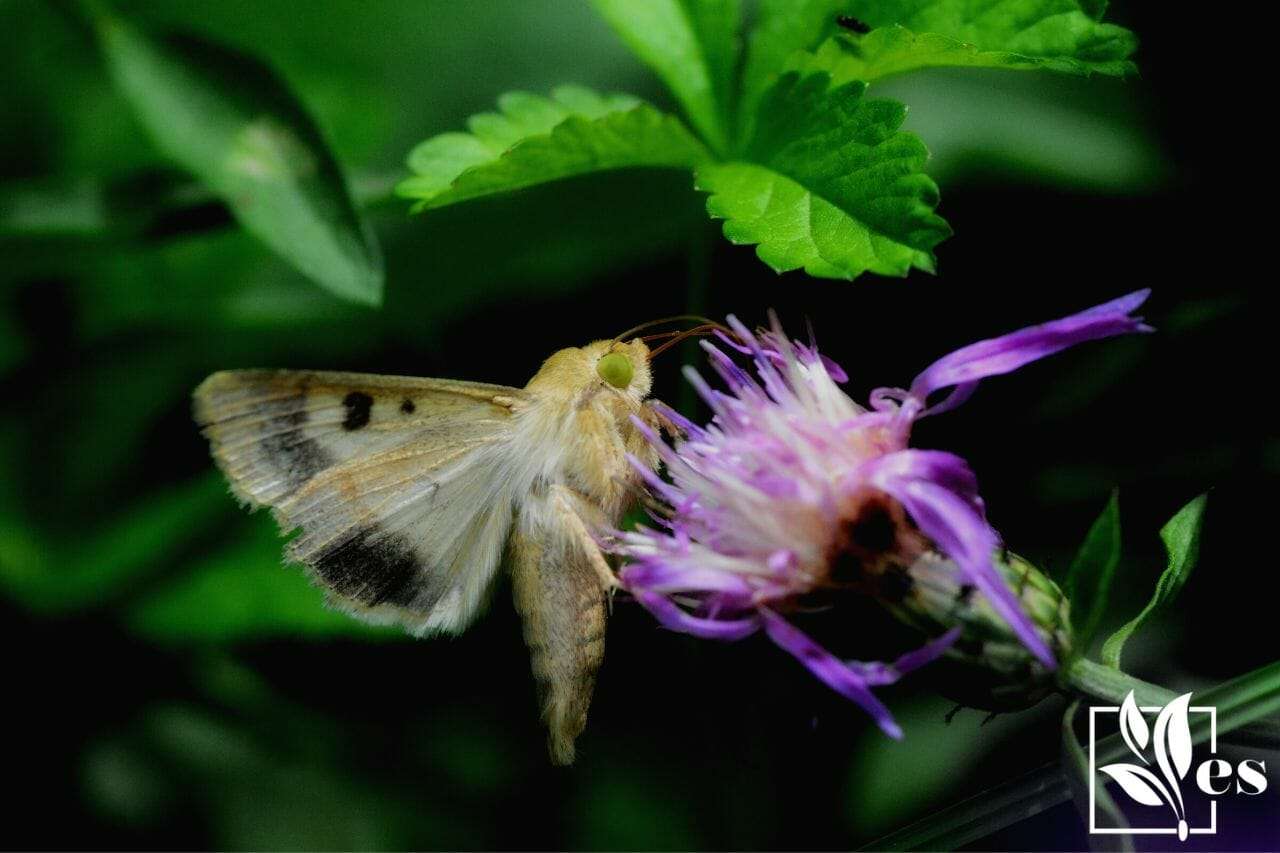
These pests are found in fruits and beans and attack the top of the corn. They are 1.5 inches in length and are green or black with tiny hairs on their body. It excretes a lot of brown discharge in the area it eats.
– Flea Beetles
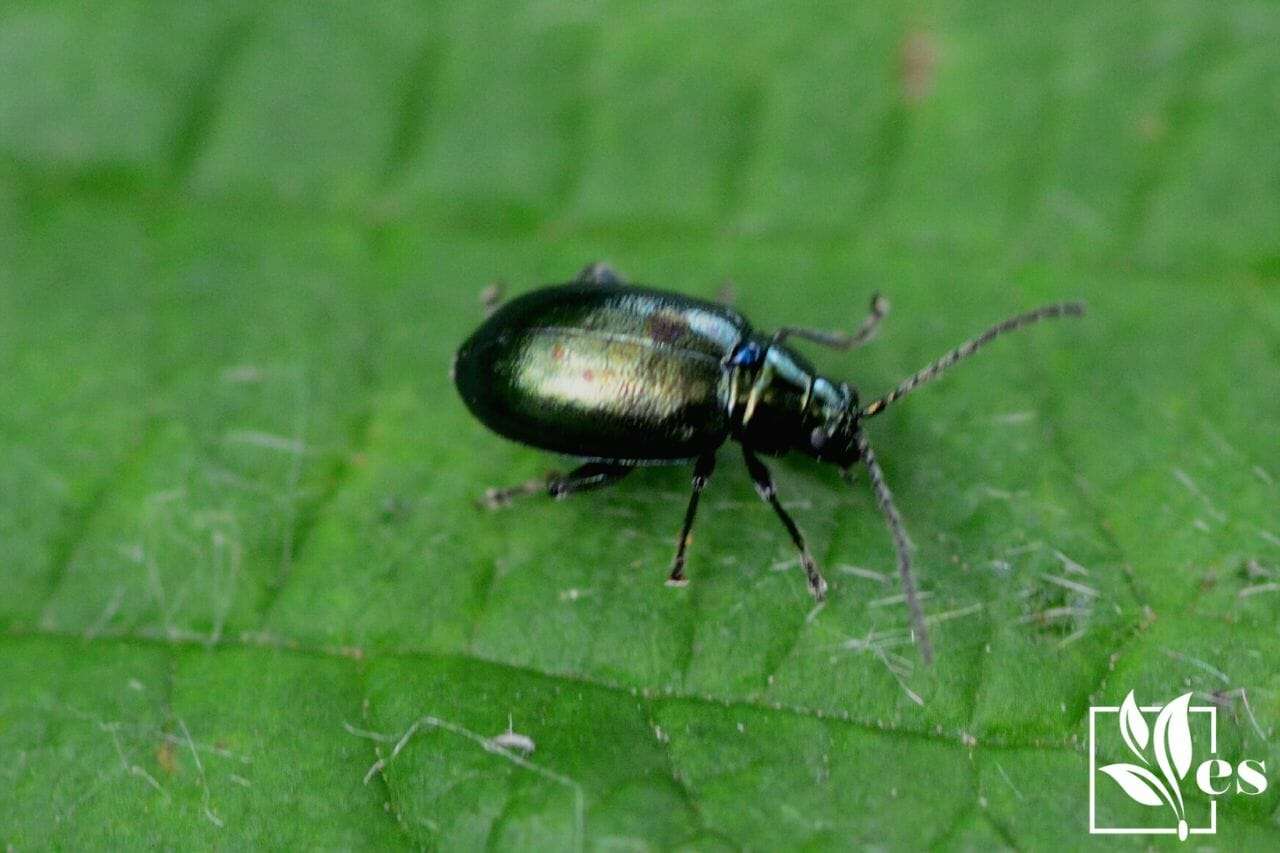
These are green and black insects that rampantly infect vegetables, fruits and ornamental plants by creating pinholes on them. They not only affect the plant’s appearance but also the overall health of the plant.
– Japanese Beetles
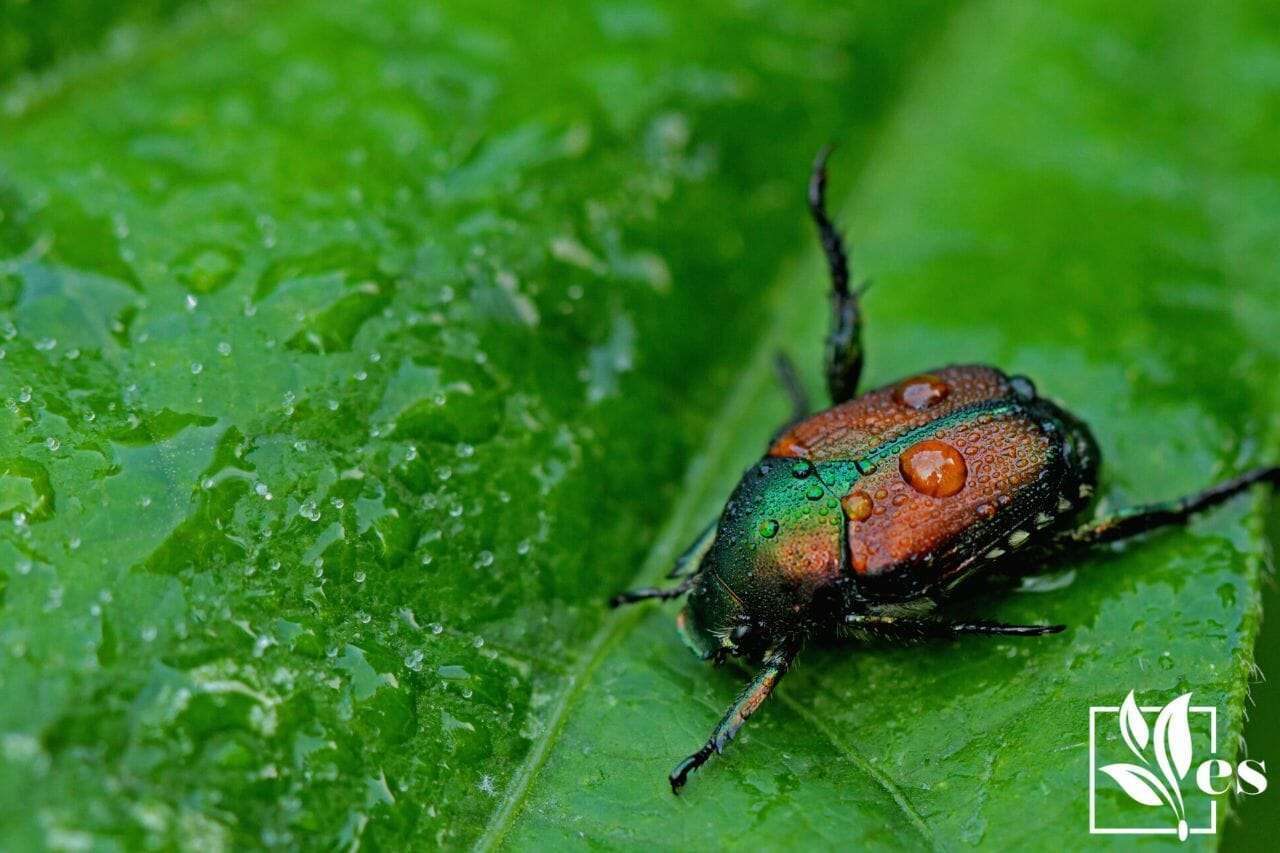
These beetles can consume entire leaves and stem sections. These green beetles infect in clusters and can be a great threat to flowers, shrubs, fruits and vegetables. However, you can add plants that repel these Japanese beetles and have a bug-free garden.
– Lace Bugs
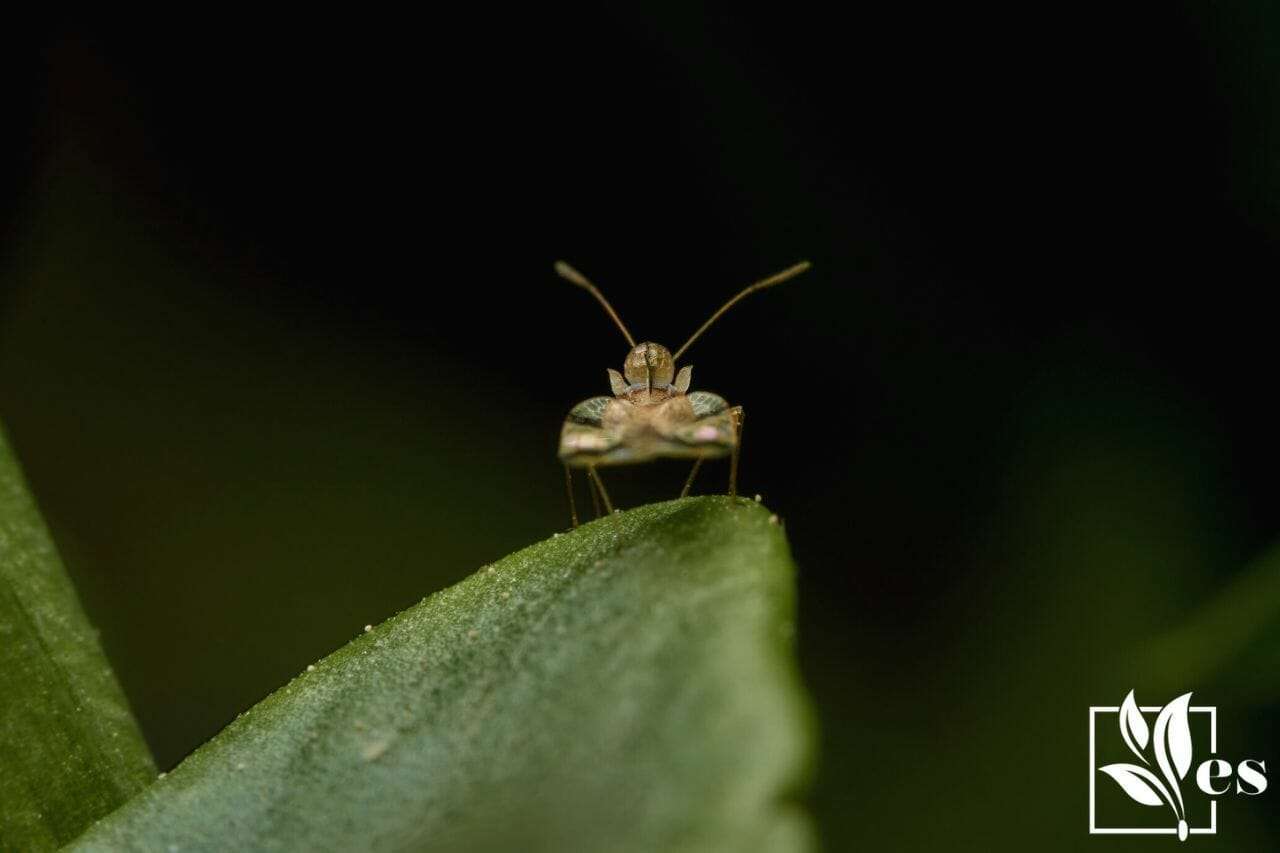
With distinctive lace-like wings, these pests suck the sap of leaves from the bottom side. They heavily infect plants by consuming foliage, fruits and leaves of ornamental plants. The pests leave behind dark brown excrement, which attracts fungus as well as other pests to the plant.
– Leafhoppers
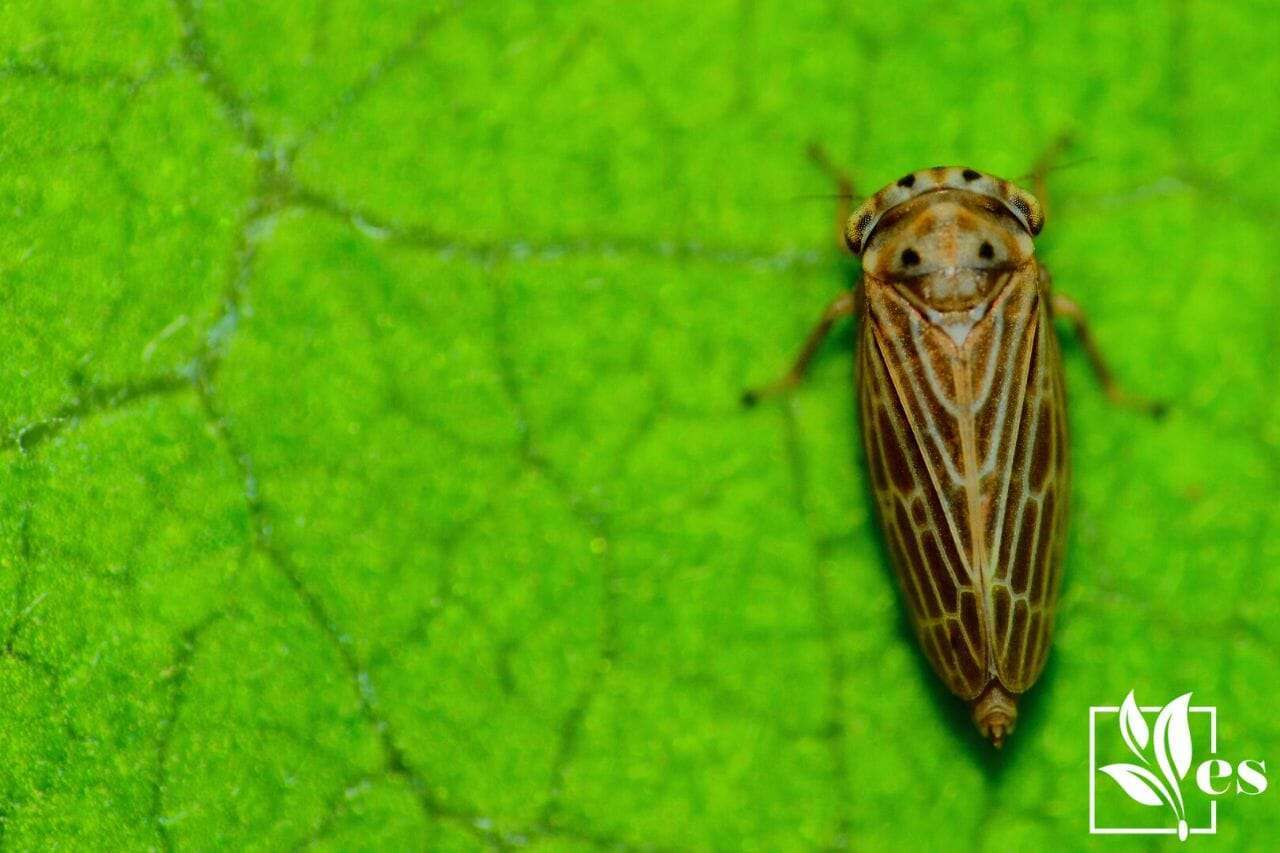
These small thin insects jump around a lot and are generally brown and yellow. They feed on almost anything that comes in front of them and leave behind excrement that attracts fungus and other insects.
– Scales
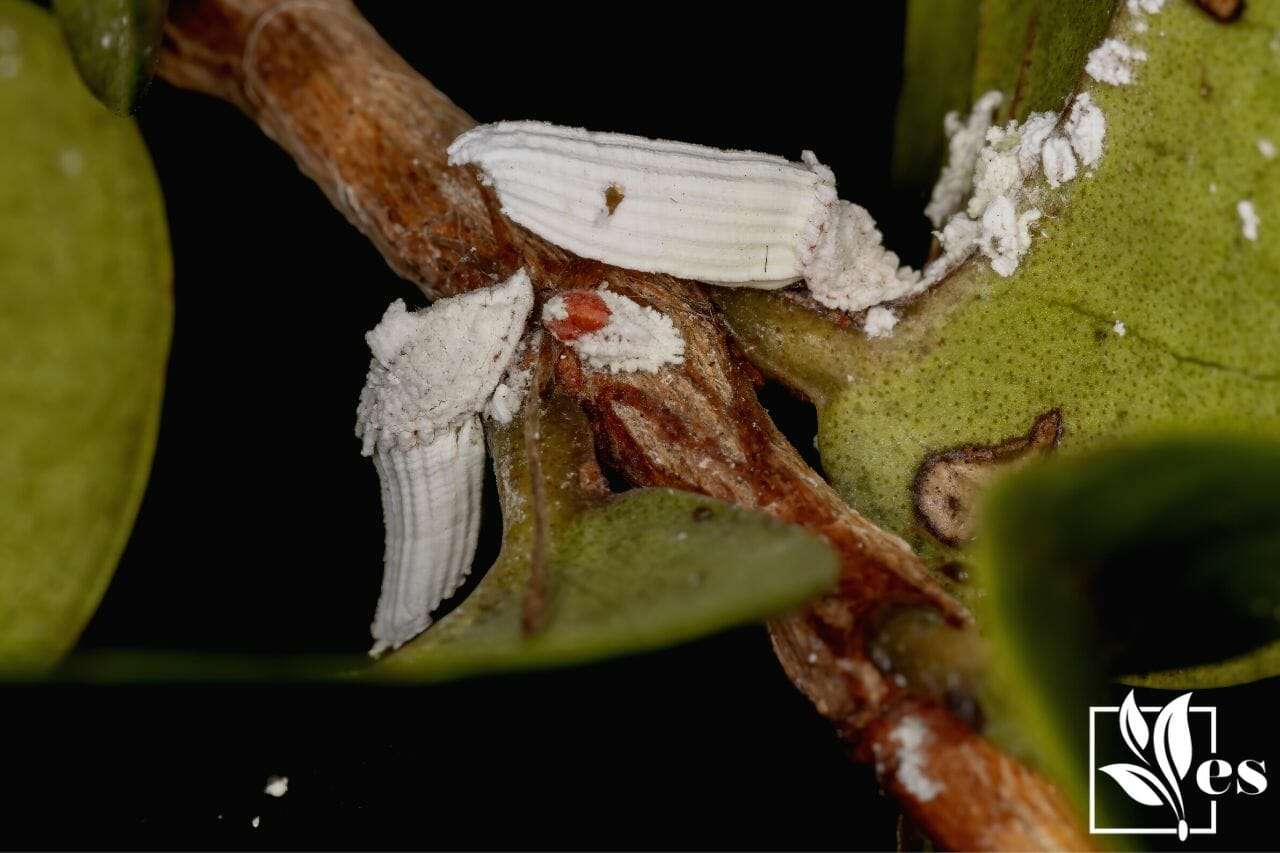
Scales are circular-shaped insects that attack clusters anywhere across the plant but lay eggs on the bottom side of the plant. Similar to aphids, they leave honeydew behind on the foliage that attracts fungus and other insects.
– Stink Bugs
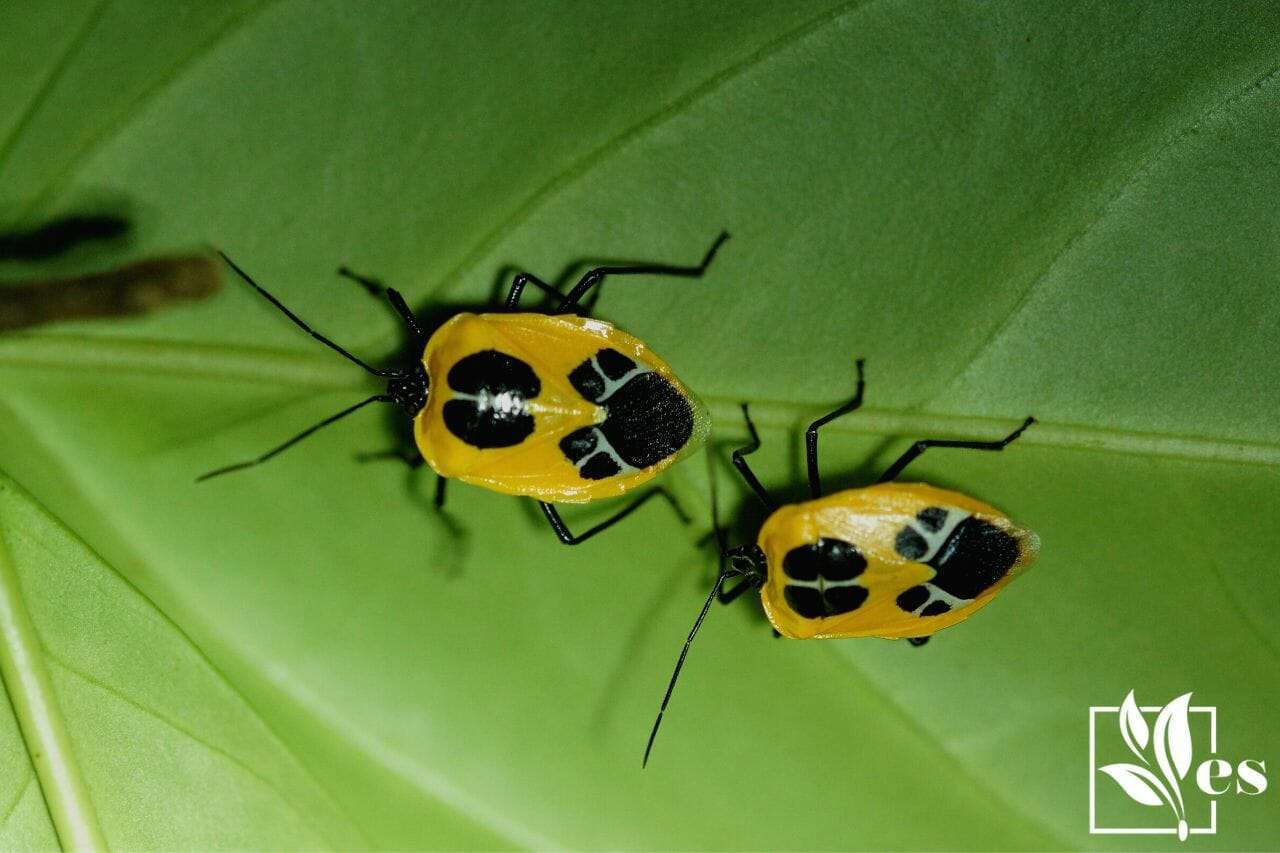
These bugs lay pale-colored eggs that attach firmly to the leaves until they hatch. The pest feeds on leaves, flowers, buds, and fruit, making the plant stunted, misshapen, or even die.
– Squash Bugs
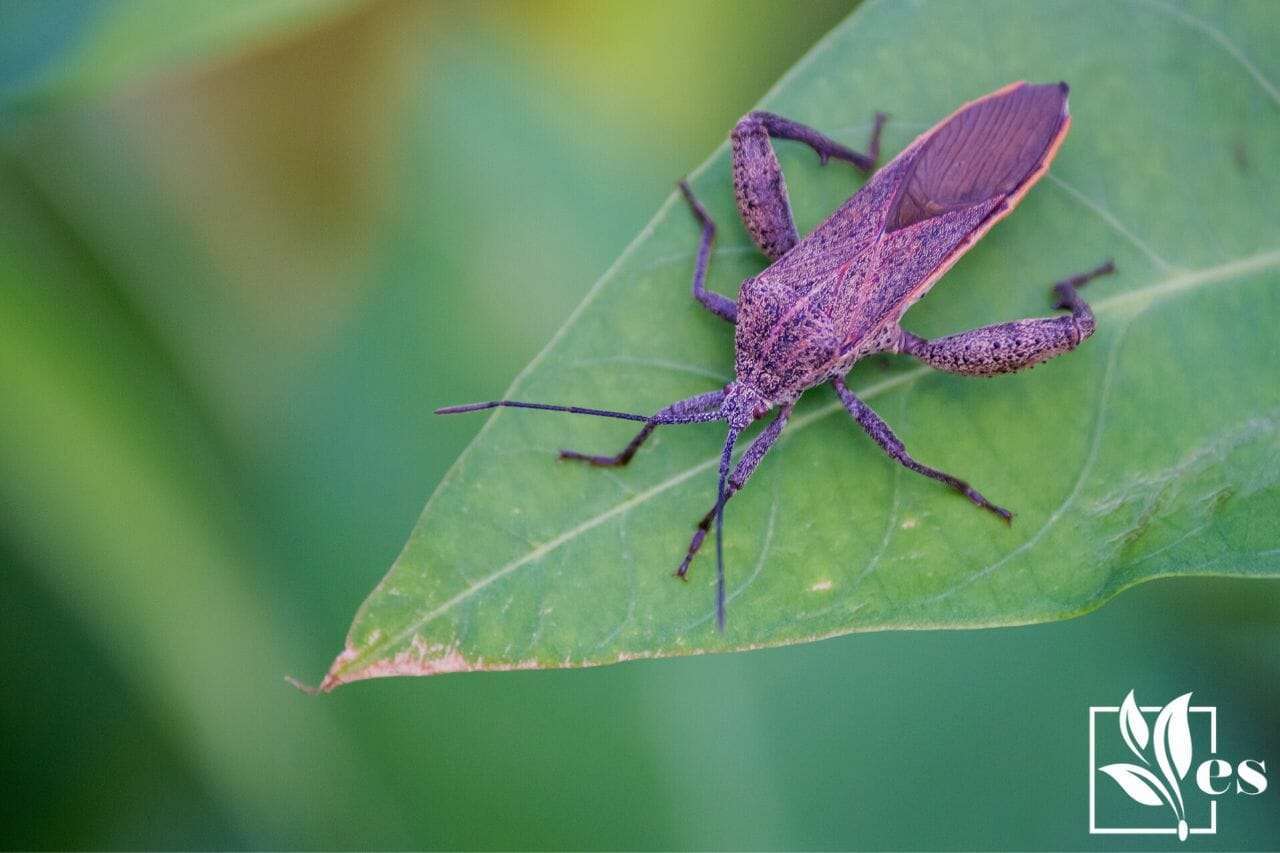
These bugs feed on squash and pumpkins, causing yellow spots that turn brown over time. Their eggs are laid in clusters with a more prominent dark shade.
– Tomato Hornworms
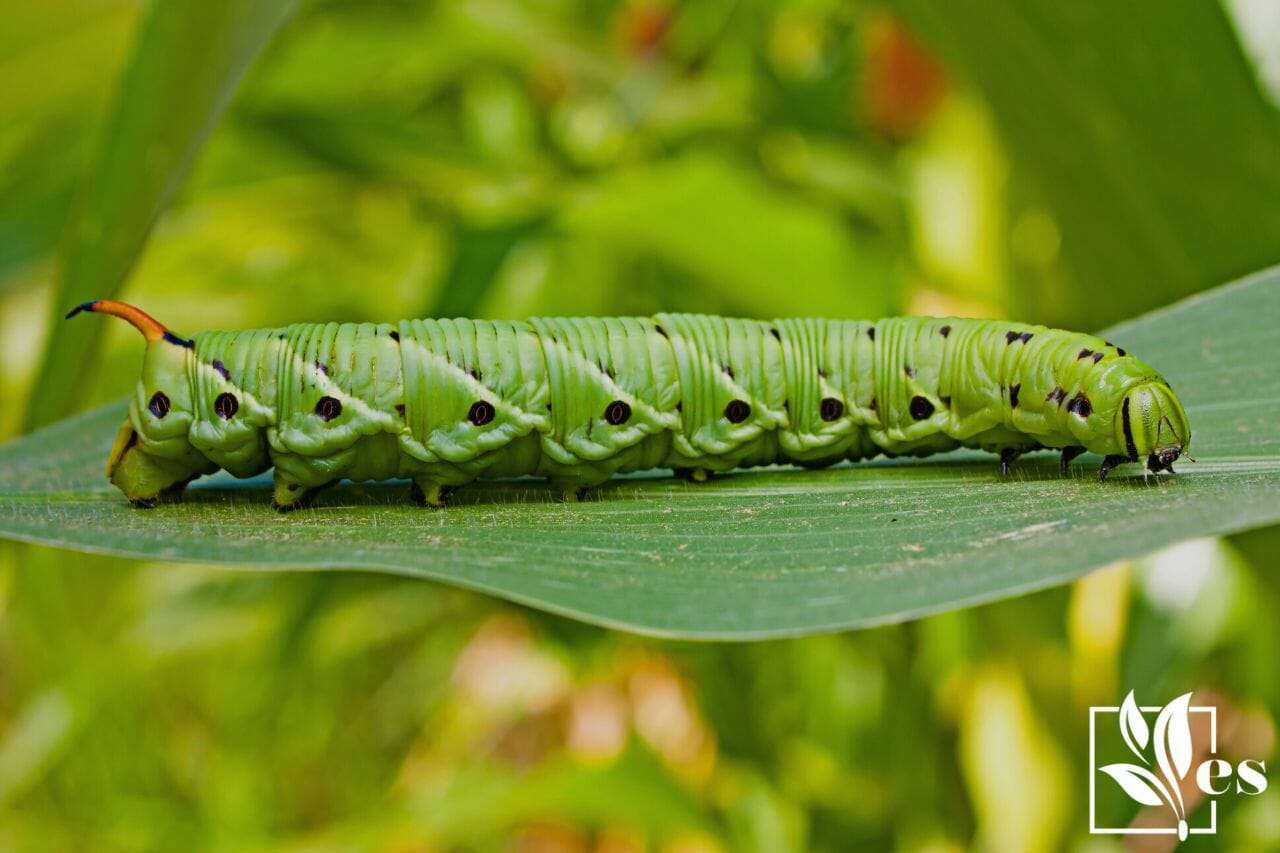
These pests are a type of moth that is generally found on the tomato plant. They chew on the leaves, defoliating the plant completely. These moth eggs on leaves are white, with several of them concentrated in one area.
How To Get Rid of Insect Eggs on Plants
You can easily remove white eggs on leaves and tackle the pests by blasting water, using an organic solution, and rubbing the area with alcohol. In this section below, we give you all the details you need to know to successfully do this.
– Blast With Water
Blast the foliage, especially the underside of leaves where the eggs remain in clusters, with a sudden spray of water. This will instantly remove the eggs and their clusters from the area. Directly aim a garden hose on the infected sections and let the water splash with a force over it.
The right time of the day to do this is during morning hours as this will give the plant time throughout the day to dry up its foliage and not attract any further fungal infection. Follow up by checking the leaves once every five days to ensure you have removed all of the eggs.
– Use Organic Sprays
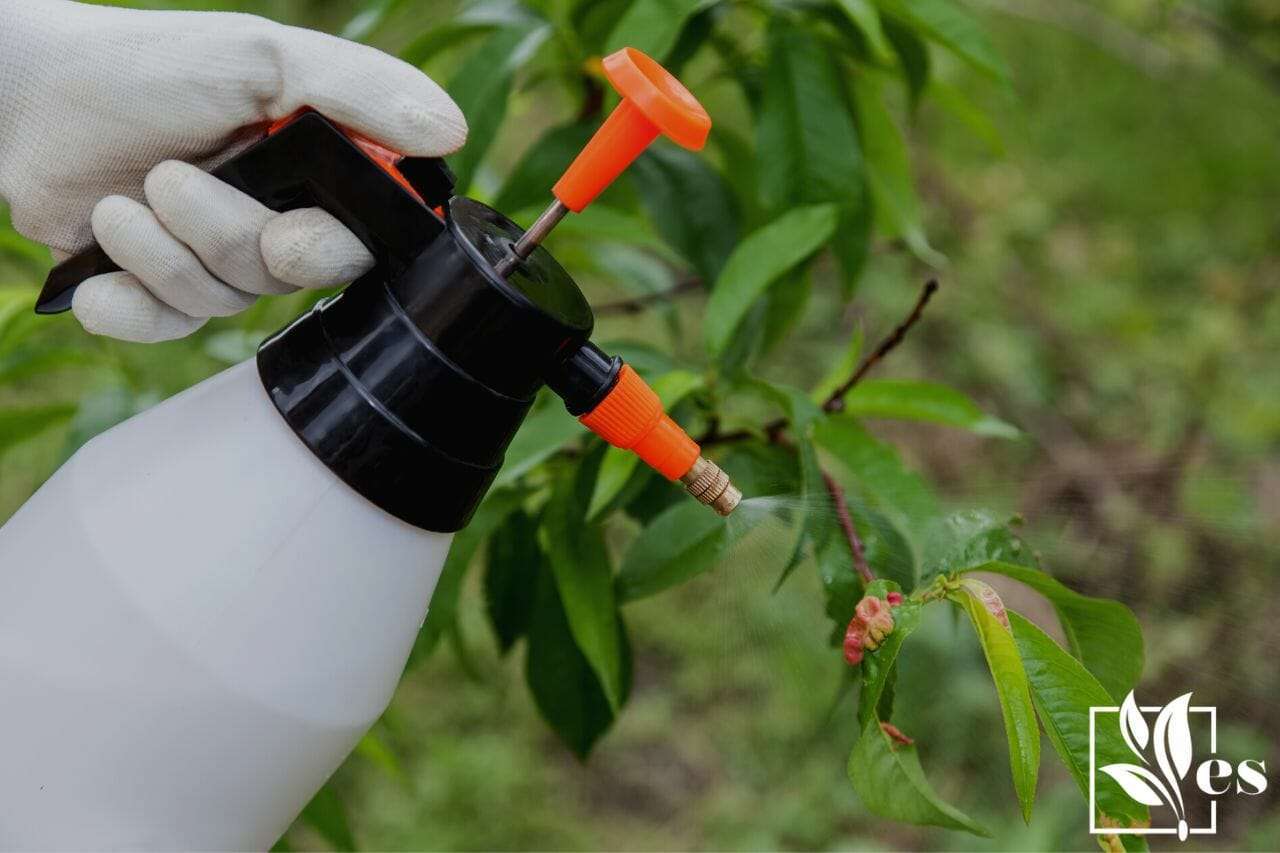
Spray organic soapy sprays that contain neem oil or any other natural horticultural oil. This will effectively kill the eggs off the leaf undersides. Take note that organic sprays just kill the eggs and do not remove them from the leaves. Thus, it is advisable to pair this activity with blasting water for a complete solution. If you pick the neem oil, make sure that it is not expired.
– Use Alcohol
Another effective way to remove eggs is to rub a solution of isopropyl alcohol over the affected area. This can be a tedious process and will prove to be effective only in case of mild infestations.
In a small cotton swab, rub a diluted solution of alcohol and put it in the undersides where the eggs are found in clusters. Follow up after five days to make sure that most eggs have been removed.
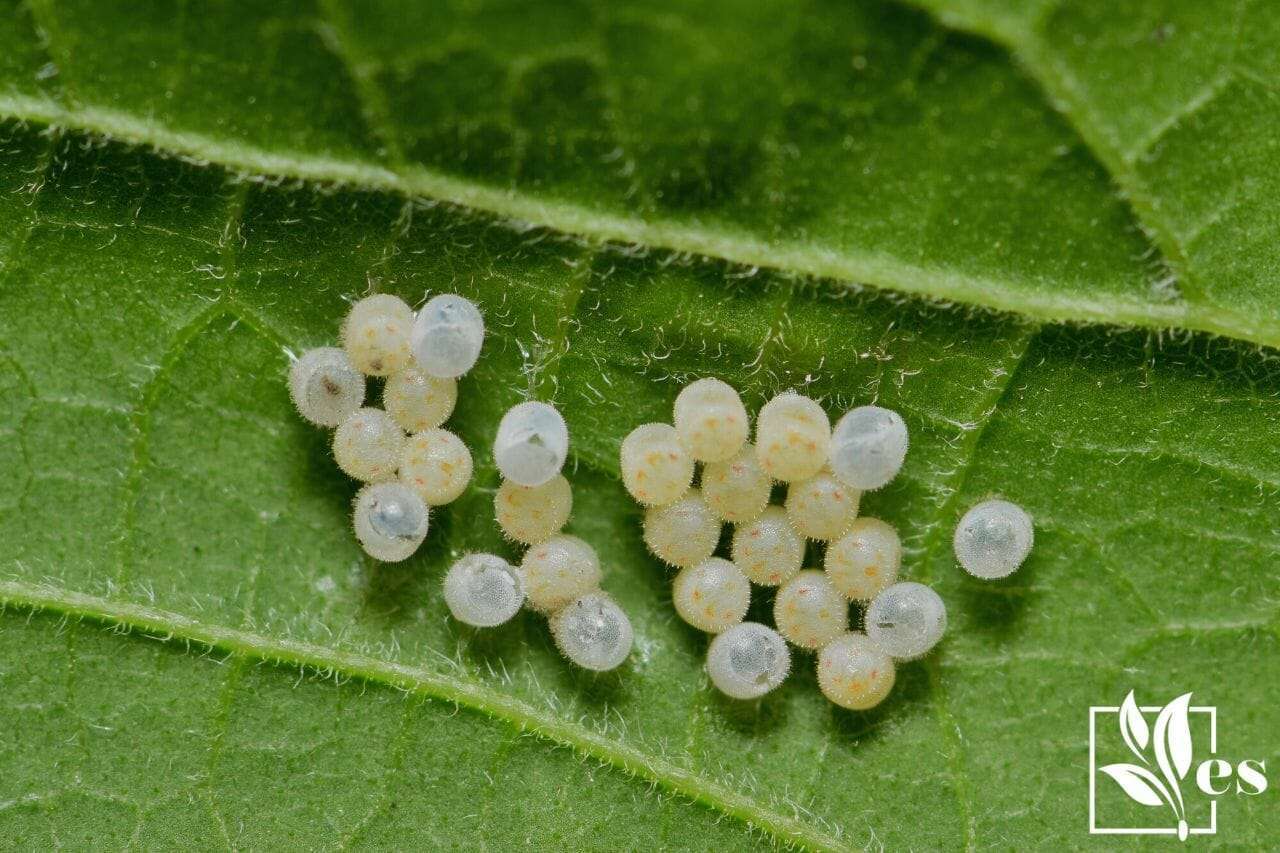
– Keep the Plant Dust-free
Dust in plants attracts pests easily. Mist the plant foliage often to remove dust. Gently wipe leaf undersides regularly with a damp cloth, especially when the foliage is broad, to prevent pests from laying eggs.


